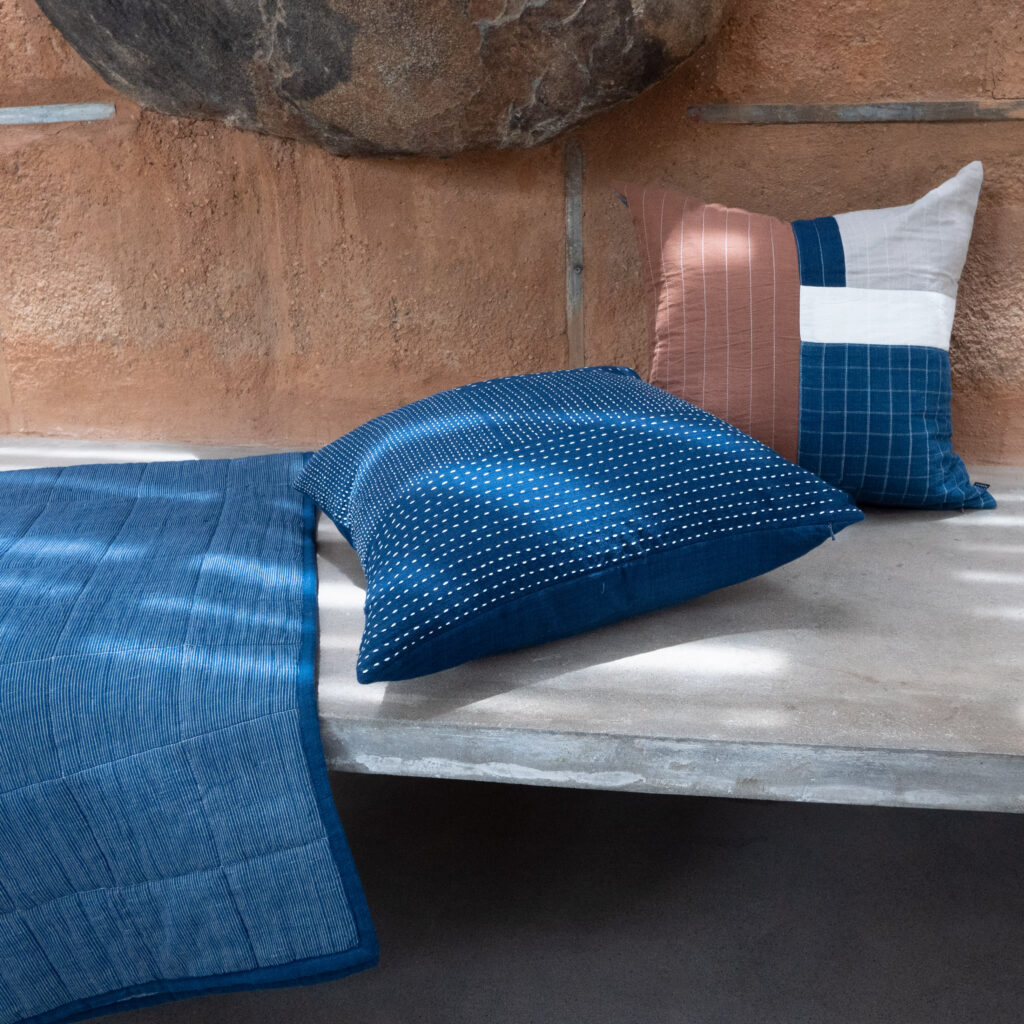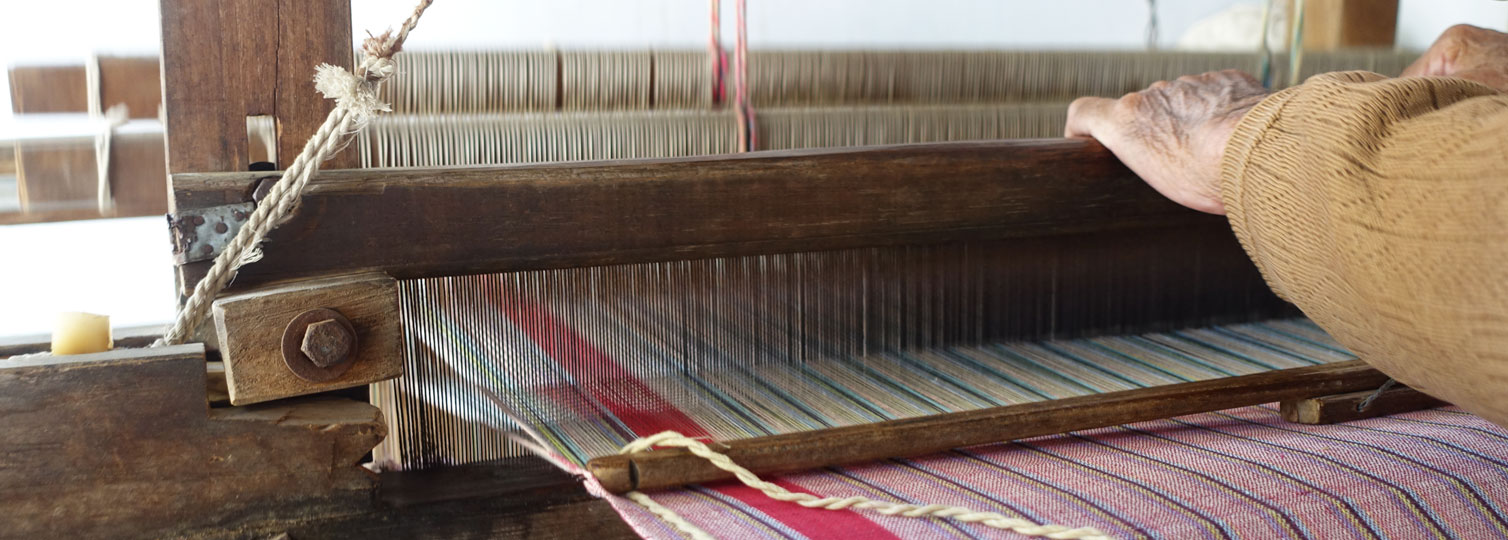
Natural Dyeing
For centuries, people have dyed textiles using materials sourced from plants, insects, and minerals. Many of these natural dyes require the use of metal salts, known as mordants, to chemically bind the dyes to textile fibers, resulting in brilliant and long-lasting colors. Indian dyers, in particular, were renowned for their mastery of mordant-based dyeing techniques, creating vibrant reds from madder root and mulberry-based lac dye.
Indigo dyeing, however, is unique in that it does not require a mordant. The indigo plant produces a colorless compound called indican, which, through a process of fermentation and oxidation, transforms into the deep blue pigment prized for centuries. India became a global hub for indigo production, with its deep blues adorning textiles traded worldwide.
By the mid-19th century, this rich tradition began to wane. The invention and mass production of synthetic dyes, which were cheaper, more predictable, and easier to use on an industrial scale, gradually replaced natural dyes.



In recent years, however, there has been a resurgence of interest in natural dyeing, as people have become more conscious of the environment and sustainable living. One of the biggest draws of natural dyes is that they are biodegradable and renewable, and the wastewater created during textile production is generally non-toxic and can even be used to fertilize crops. Some of the plants used to make natural dyes are extremely drought resistant, and others are considered to be medicinal and possess strong anti-fungal and anti-allergenic properties.
On top of all this, natural dyes have an undeniable aesthetic appeal. Compared to synthetic dyes, natural colors are often richer, deeper, and more complex, with nuanced shades that are soothing to the eye.

Our interest in natural dyes came naturally from our search for sustainable practices and our passion for artisanal craftsmanship. We’ve been fortunate to collaborate with a talented team of natural dyers in Gujarat and other trusted workshops across South India, as the skills involved in this ancient craft are becoming rarer. Dyeing with natural materials is both a science and an art—many factors must align perfectly, like soil conditions, time of year, temperature, humidity, and even how thoroughly the yarn is washed before dyeing. It’s almost like an alchemical process, where nature has to be listened to carefully. A skilled master dyer creates that perfect shade of color through what often feels like a conversation with nature itself.


